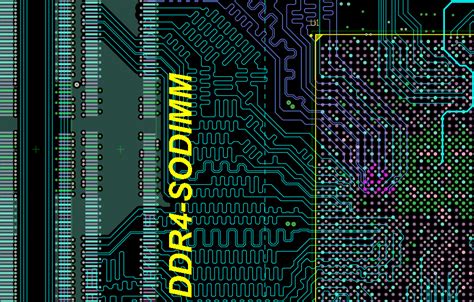
RF & Microwave Blog
-
PCB Routing Tips for Beginners
Posted by
–
 Read more: PCB Routing Tips for Beginners
Read more: PCB Routing Tips for BeginnersUnderstanding the Basics of PCB Routing Before diving into specific routing tips, it’s essential to understand the fundamentals of PCB routing. PCB routing is the process of creating electrical connections between components on a PCB using conductive traces. These traces are typically made of copper and are etched onto the […]
-
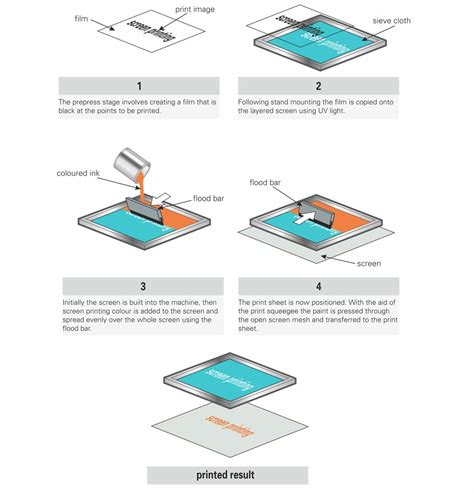 Read more: The Use of Silk Screen Technology in Printed Circuit Board PCB
Read more: The Use of Silk Screen Technology in Printed Circuit Board PCBWhat is PCB Silk Screen? PCB silk screen, also known as legend or nomenclature, is a process used in the manufacturing of printed circuit boards to apply text, logos, and other graphics onto the surface of the board. The silk screen process involves using a fine mesh screen and a […]
-
FR4 material with not too yellow for PCBs
Posted by
–
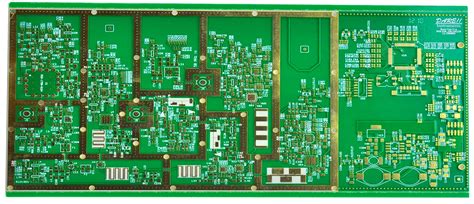 Read more: FR4 material with not too yellow for PCBs
Read more: FR4 material with not too yellow for PCBsWhat is FR4 PCB? FR4 PCB, also known as Flame Retardant 4 Printed Circuit Board, is a type of PCB material that is widely used in the electronics industry. It is a composite material made from woven fiberglass cloth with an epoxy resin binder that is flame resistant. FR4 PCB […]
-
FR 4 PCB Manufacturing
Posted by
–
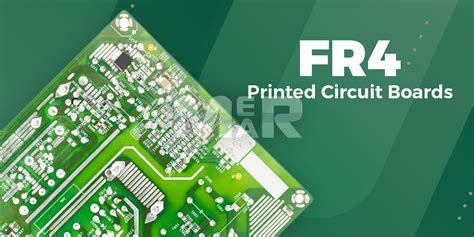 Read more: FR 4 PCB Manufacturing
Read more: FR 4 PCB ManufacturingWhat is FR4 PCB? FR4 (Flame Retardant 4) is a composite material consisting of woven fiberglass cloth impregnated with an epoxy resin binder. The “FR” stands for flame retardant, indicating its ability to self-extinguish and resist the spread of flames. FR4 is the most common base material used for manufacturing […]
-
Analysis Forecasts of China PCB Board Industry
Posted by
–
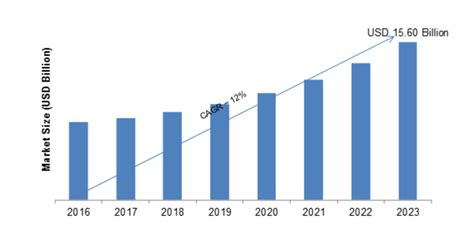 Read more: Analysis Forecasts of China PCB Board Industry
Read more: Analysis Forecasts of China PCB Board IndustryOverview of the PCB Industry in China The Printed Circuit Board (PCB) industry is a crucial component of the electronics manufacturing sector, and China has emerged as a global leader in PCB production. In 2020, China accounted for over 50% of the world’s PCB output, with a market value of […]
-
Printed and flexible electronics
Posted by
–
 Read more: Printed and flexible electronics
Read more: Printed and flexible electronicsIntroduction to Printed and Flexible Electronics (PFE) Printed and flexible electronics (PFE) represents a groundbreaking technological advancement that is revolutionizing the electronics industry. Unlike traditional rigid printed circuit boards (PCBs), PFE utilizes innovative materials and manufacturing techniques to create circuits that are thin, lightweight, and flexible. This breakthrough enables the […]
-
ATmega32U4 breakout board assembled
Posted by
–
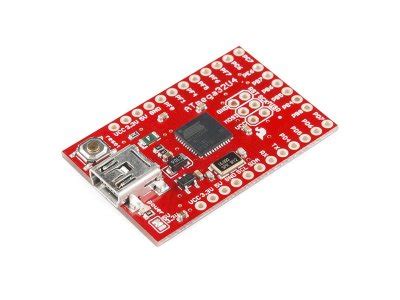 Read more: ATmega32U4 breakout board assembled
Read more: ATmega32U4 breakout board assembledWhat is the ATmega32U4 Breakout Board? The ATmega32U4 breakout board is a compact, pre-assembled development board that features the ATmega32U4 microcontroller. This microcontroller is a member of the Atmel AVR family and is known for its rich set of peripherals, low power consumption, and USB functionality. The breakout board provides […]
-
What is a buried via on an electronics PCB
Posted by
–
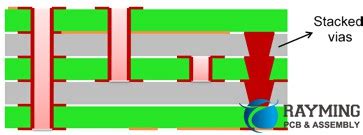 Read more: What is a buried via on an electronics PCB
Read more: What is a buried via on an electronics PCBIntroduction to Buried Vias In the world of electronic printed circuit boards (PCBs), a buried via is a specialized type of interconnect that plays a crucial role in the design and functionality of complex, multi-layer PCBs. This article will dive deep into the concept of buried vias, exploring their definition, […]
-
HDI PCB High Density Interconnect PCB
Posted by
–
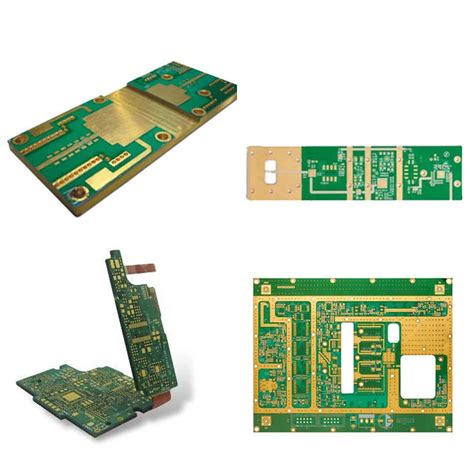 Read more: HDI PCB High Density Interconnect PCB
Read more: HDI PCB High Density Interconnect PCBIntroduction to HDI PCB High Density Interconnect (HDI) PCBs are printed circuit boards with higher wiring density per unit area compared to conventional PCBs. HDI PCBs have finer lines and spaces (<100 μm), smaller vias (<150 μm), and capture pads (<400 μm), and higher connection pad density (>20 pads/cm2) than […]
-
How to define these board edge holes
Posted by
–
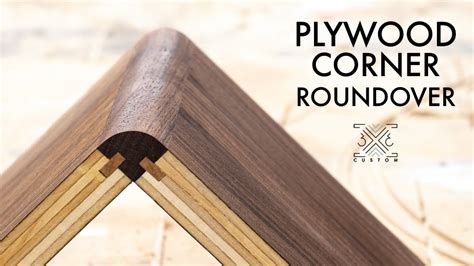 Read more: How to define these board edge holes
Read more: How to define these board edge holesTypes of Board-Edge-Holes There are several types of board-edge-holes commonly used in PCB design, each serving specific functions: Mounting Holes Mounting holes are used to secure the PCB to an enclosure or chassis. These holes are typically larger than other board-edge-holes and are designed to accommodate screws, standoffs, or other […]
Recent Posts
- How to Select Material for Your PCBs from Cost and Reliability Considerations
- Problems of EMC Technology Application in PCB Design of Electronic Devices and the Strategies
- Fabrication Technology on Flex-Rigid PCB Window
- Problems of High-Frequency and High-Speed Multilayer PCB Fabrication and Their Solutions
- Key Difficulties and Tips for Backplane PCB Fabrication